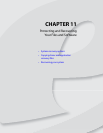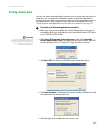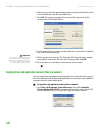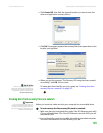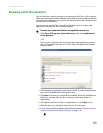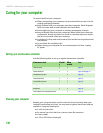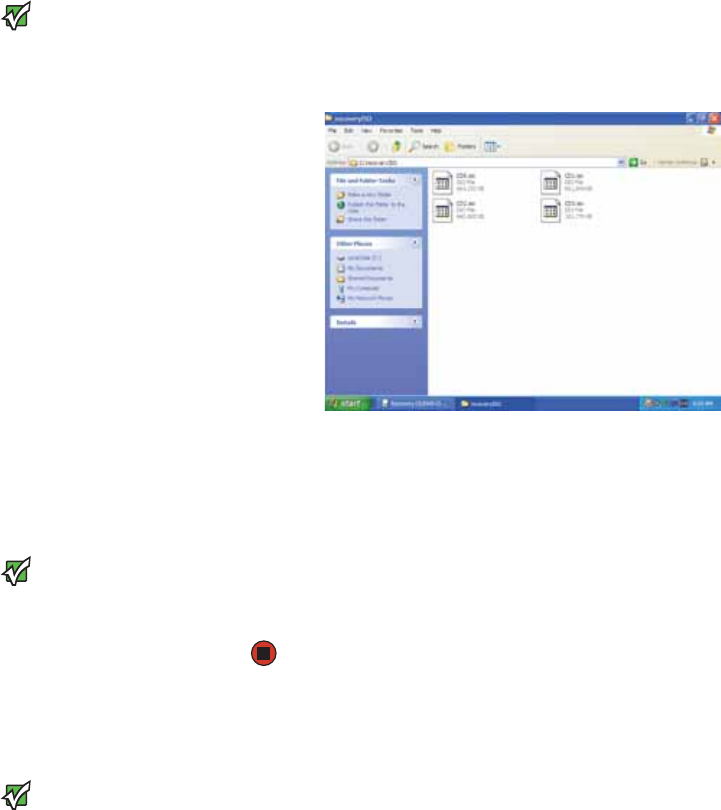
CHAPTER 11: Protecting and Recovering Your Files and Software www.emachines.com
124
Important
Use the correct type of blank disc for the
recovery (ISO) file. For example, if the
recovery (ISO) file was created for a DVD,
make sure you use a blank DVD+R or
DVD-R disc.
3 Click Start, then click My Computer.
4 Open the network location of the recovery files.
5 Double-click the file for the first disc. Your media burning software opens.
6 Follow the on-screen instructions of your media burning software to
complete the burning of the recovery disc(s).
7 When the disc is complete, remove that disc and insert another.
Important
Use a permanent marker to label each
disc “eMachines Driver and Application
Recovery.” As you remove each disc from
the drive, use the marker to label each
disc 1 of x, 2 of x, 3 of x, and so on.
8 Repeat steps 5-7 for each recovery file until each file is recorded onto a
disc. When this is completed, you are done.
Recovering your system
Important
If your hard drive has failed and you
cannot restore the software from the
hard drive, contact eMachines Customer
Care for help. For a fee, Customer Care
may be able to provide a set of recovery
discs to restore your computer.
For more help, you can find the
eMachines Customer Care contact
information on the label located on the
front or side of your computer.
If you have problems with your computer and you need to recover your system,
you can restore specific drivers and programs from a set of recovery discs, roll
back your system to a previous condition when drivers and programs were
working correctly, or reinstall everything from the computer’s hard drive.
■ To selectively restore device drivers or programs, see “Recovering specific
files and software” on page 125.
- OR -
■ To recover your system to a previous condition when software and device
drivers were working correctly, see “Recovering your system using
Microsoft System Restore” on page 126.
- OR -
■ To reinstall everything, see “Recovering your system from the hard drive”
on page 127.






